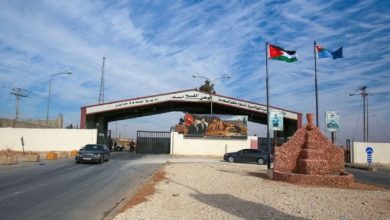Hamas’s Power Play: Three leaders Prisoners Poised to Transform the Landscape of Palestinian Authority
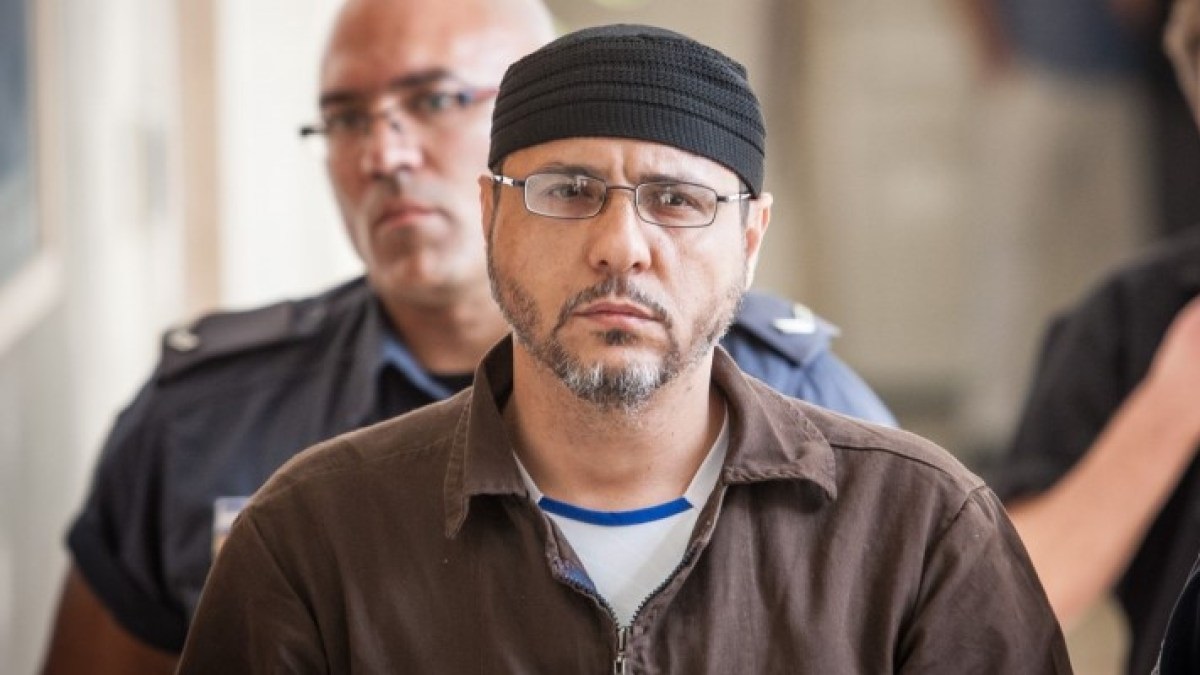
Watan-The Hebrew newspaper “Yedioth Ahronoth” revealed the three prisoners whom Hamas insists should be included in the upcoming exchange deal with the Israeli occupation.
According to the Yedioth report, Hamas’s insistence on releasing these three prisoners indicates that the movement is already thinking about the day after the war and the relationships between Hamas, Fatah, and other Palestinian factions.
Marwan Barghouti
The list includes prominent figures in the Palestinian landscape capable of changing the face of the Palestinian Authority, with the leading figure being the Fatah leader Marwan Barghouti. In the recent survey conducted in the West Bank, Barghouti is considered the preferred candidate for the presidency of the Authority after the current president, Mahmoud Abbas Abu Mazen.
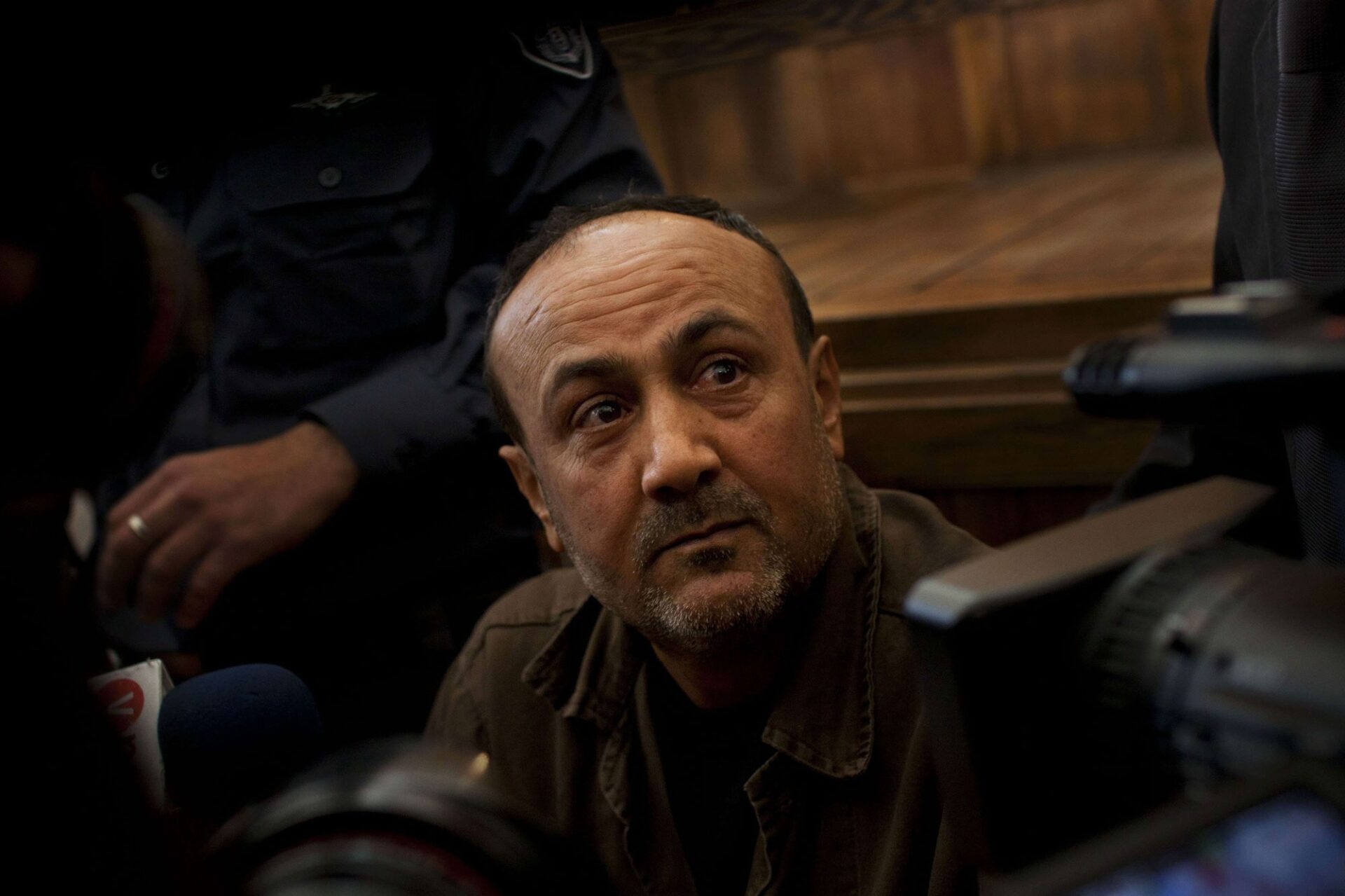
Marwan Barghouti has been sentenced to five life terms and 40 years in prison for his involvement in attacks that resulted in the death of five Israelis and injuries to several others.
Palestinian human rights organizations reported earlier this week that the Israeli security apparatus transferred Barghouti from Ofer Prison to solitary confinement about a week ago.
In a statement released this week by organizations working for Palestinian prisoners, they expressed concern that the Israeli security apparatus is responsible for Barghouti’s life, suggesting that Israel may seek to eliminate him.
Some countries are interested in a “renewed” Palestinian authority in the aftermath of the war, and there is debate about the future of the authority and its relationships with Gaza and the potential successor to Abu Mazen.
In this context, Barghouti’s name emerged. Reuters reported that the United States believes that suggesting Barghouti’s name is not appropriate, and practically, Israel is unlikely to release him.
Ahmed Saadat
The second prisoner whom Hamas demands to be released in the upcoming exchange deal is Ahmed Saadat, the Secretary-General of the Popular Front for the Liberation of Palestine, sentenced to 30 years in prison.
Saadat is considered the mastermind behind the assassination of Israeli Minister Rehavam Ze’evi in Jerusalem on October 17, 2001, in retaliation for Israel’s assassination of the Secretary-General of the Popular Front, Abu Ali Mustafa, in his office in Ramallah on August 27, 2001.
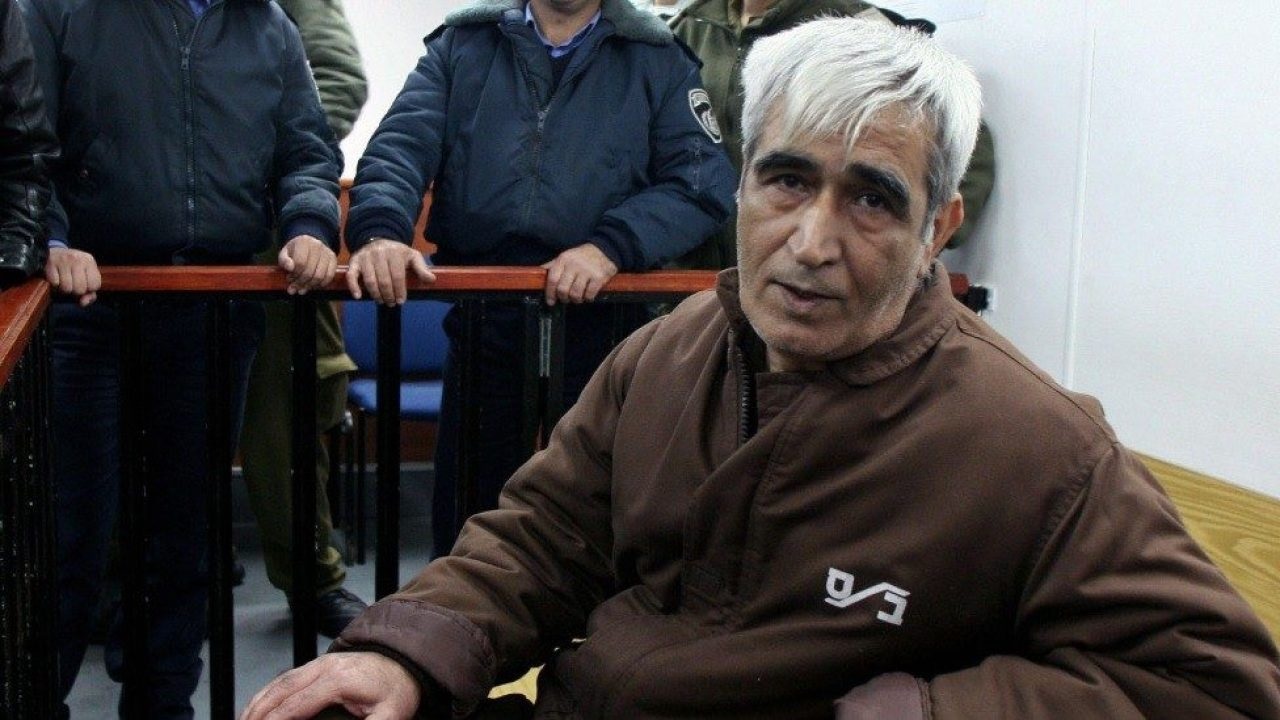
Israel refused to release Saadat as part of the Shalit deal. He is also considered an important and popular figure in Palestinian society.
After the assassination of Ze’evi, Saadat sought refuge in the Mukataa compound in Ramallah. The late Palestinian President Yasser Arafat refused to hand him over, prompting Israel to besiege the compound.
Following talks with the United States and the United Kingdom, an agreement was reached, and Saadat was sent to prison in Jericho under the supervision of British and American guards. However, Israel arrested Saadat and his comrades from the Jericho prison in 2006.
Abdullah Barghouti
The third prisoner demanded by Hamas is Abdullah Barghouti (of Jordanian nationality), one of the military leaders of the Qassam Brigades in the West Bank. He holds the longest sentence in history (67 life sentences and 5,200 years) for his involvement in seven suicide operations that resulted in the death of 67 Israelis and the injury of more than 500 others.
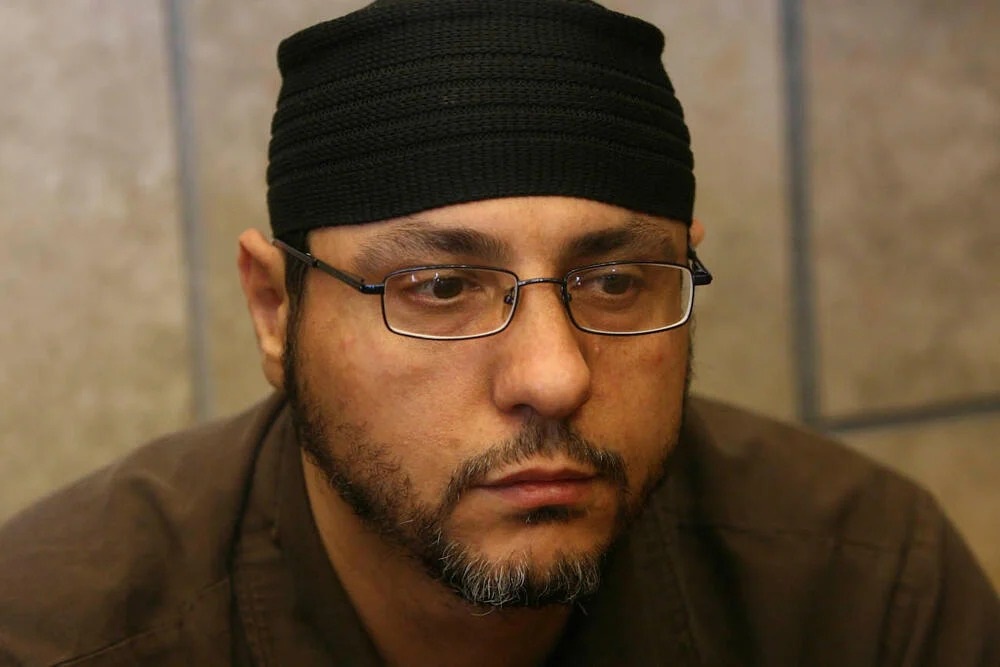
Hamas did not succeed in securing the release of Abdullah Barghouti in the Shalit deal, and now insists that he must be released in the next deal, along with the other mentioned senior officials.
Abdullah Barghouti utilized his education in electronic engineering from a South Korean university for a period of three years to produce explosives and improvised explosive devices.
Israel accused him of being responsible for dozens of operations in the early years of the 21st century, during which 66 Israelis were killed and 500 others were injured.
Israel Proposes a New Deal, Hamas Rejects
The Israeli Broadcasting Authority reported that Tel Aviv proposed a deal for the release of hostages, but Hamas refuses to discuss it without a complete ceasefire.
The proposed deal includes extending the ceasefire days and releasing “dangerous” detainees. It involves the release of 30 to 40 hostages in exchange for the release of prominent Palestinian prisoners.
According to Israeli Channel 13, citing officials, the deal also includes a partial withdrawal from some areas in Gaza along with a calm period of two weeks to a month. Additionally, there would be changes to some military arrangements in the sector.
The same source mentioned that Tel Aviv has no problem if Hamas links the military changes mentioned in the deal and considers them an achievement.



